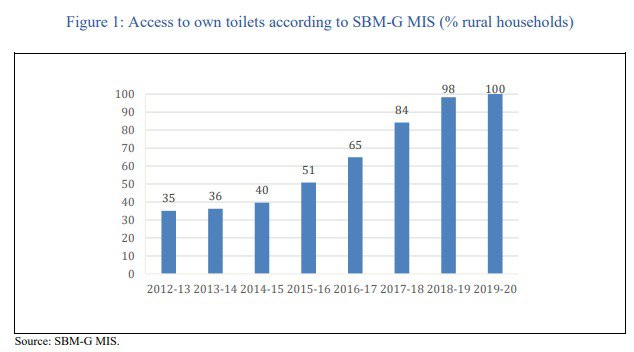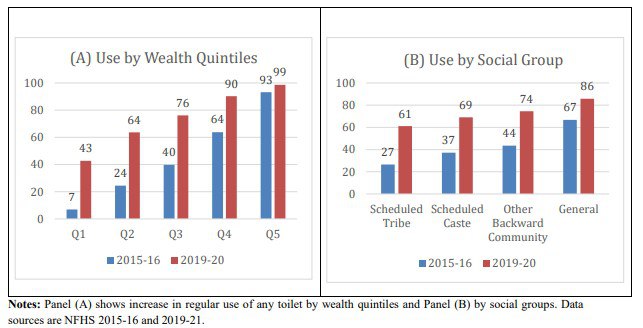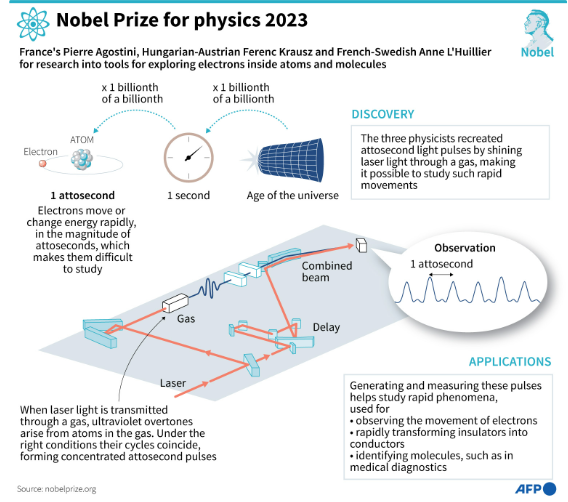UMMEED
Recently, the Union Ministry of Education (MoE) released the draft guidelines for schools to prevent suicide among students.
- UMMEED - Understand, Motivate, Manage, Empathise, Empower, and Develop (UMMEED).
- Released by – Department of School Education, Ministry of Education.
- Objectives -
- To prevent suicides among school students
- To serve as directions to schools for enhancing sensitivity, understanding, and providing support in case of reported self-harm.
- To de-stigmatise mental health concerns through storytelling, rallies, posters, exhibitions and other activities.
- These guidelines align perfectly with the NEP’s (National Education Policy) vision of holistic education.
- Plan of Action – Setting up of School Wellness Teams (SWT), orientations, and immediate response to vulnerable students.
- Composition of SWT – School counsellors, students, teachers, supporting staff, a representative of the school management committee under the leadership of the school principal.
- Functions of SWT – It implements school activities in creating awareness about mental well-being.

References
- The Indian Express | UMMEED guidelines
- Hindustan Times| Draft norms to prevent suicides
World Bank Paper on Swachh Bharat Mission
Recently, a departmental working paper by the World Bank on the progress of the Swachh Bharat Mission - Gramin (SBM-G) was released.
The NARSS was conducted across rural India from 2017-18 to 2019-20 by the Ministry of Drinking Water and Sanitation with World Bank support.
Key findings of the report
- It reported 4 main results after harmonizing definitions and measurements across all data sources.
- Increased access – A substantial increase in access to own or shared improved toilets in rural India from 38% in 2012 to 90% in 2019-20 with the sharpest increase reported in the last 2 years.
- Coverage in terms of sanitation infrastructure is nearly universal.
- Increased toilet usage – There was significant increase especially for the poor and the socially disadvantaged groups, but far from universal.


- Wide spatial variation –It is seen in progress across and within states regarding toilet usage.
- For Example: 6 states shows sustained decline, 7 states including Tamil Nadu shows uneven decline while 7 states shows steady performance.
- While the performance of most low-income States were among the best, richer States had mixed performances.
- For Example: In Tamil Nadu, the amount of progress was found to be smaller than poorer States.
- Declining trend – The substantial gains in regular toilet use between 2014 and 2019 have slowed or are reversing in most states.
- While decline is seen in all groups, it is the largest for SCs and STs.
- Challenges – Sustaining regular toilet use remains a critical challenge.
References
- The Hindu| World Bank Paper on SBM-G
- WB| Progress on Sanitation in Rural India
International Criminal Court (ICC)
Recently, Armenia's Parliament has voted to join the International Criminal Court (ICC).
- Establishment – In 1998 under the “Rome Statute”.
- Headquarters – Hague in Netherlands.
India, USA, China, Russia and Ukraine are not the member of ICC whereas Britain, Japan, Afghanistan, and Germany are members of ICC.
- Aim - To end impunity through international criminal justice.
- Jurisdiction – It is limited to offences occurring after it came into effect on July 1, 2002 and act as a court of last resort.
- Functions – It investigates and also tries individuals charged with the gravest crimes of concern to the international community.
|
Organs of ICC
|
Crimes within the jurisdiction of ICC
|
- Presidency
- Judicial division
- The office of the prosecutor
- The Registry
|
- Genocide
- War crimes
- Crimes against humanity
- Crime of aggression
|
- Complementarity - It is intended to complement, not to replace, national criminal systems.
- It prosecutes cases only when States do not are unwilling or unable to do so genuinely.
- Cooperation - It does not have its own police force or enforcement body and thus, it relies on cooperation with countries worldwide.
- This is for making arrests, transferring arrested persons to the ICC detention centre in The Hague, freezing suspects’ assets, and enforcing sentences.
- Relationship with UN – While it is not a United Nations organization, it has a cooperation agreement with UN.
|
Rome Statute
|
- The treaty was adopted at the United Nations Diplomatic Conference of Plenipotentiaries held in Rome, Italy in 1998 and it came into force only in 2002.
- The Statute aims at establishing an international platform to deal with the worst possible crimes and ensure that justice prevails.
- The states that have signed the Rome Statute are party to it, and thus, bound by it as well.
- There are a total of 123 states that have signed the Rome Statute.
- India is not a member of Rome statute.
- The Rome Statute established three separate bodies namely
- Assembly of States Parties - Legislative body and regulates the management of ICC.
- International Criminal Court - Foremost adjudicating authority
- Trust Fund for Victims - It helps the victims in the restoration of their lives after being subjected to an atrocity.
|
- To know more about ICC, click here
- To know about Armenia Azerbaijan conflict, click here
References
- The Hindu| Armenia to join ICC
- ICC| International Criminal Court
Nobel Prize in Physics 2023
The 2023 Nobel Prize for Physics was shared by 3 scientists Pierre Agostini, Ferenc Krausz and Anne L’Huillie for their “experimental methods that generate attosecond pulses for the study of electron dynamics in matter.”
- Contribution - They developed methods to produce ultra-short pulses of light called as attosecond pulse which enables to see directly into the super-fast world of electrons.
Attosecond is billionth of a billionth of a second which is 1×10−18 of a second.
- Contribution of Anne L’Huillier – In 1987, overtones (waves of light) were produced by passing IR laser beam through a noble gas whose wavelength was an integer fraction of the beam.
- When multiple overtones were created in the gas, they began to interact with each other.
- When the peak of one overtone merges with the peak of other, it produces an overtone of greater intensity through constructive interference.
- But when the peak of an overtone merges with the trough of another, they cancel each other out, in destructive interference.
- This setup was fine-tuned which created intense pulses of light each a few attoseconds long (due to constructive interference) that doesn’t last longer (due to destructive interference).
- Contribution of Pierre Agostini - In 2001, his research group produced a series of 250-attosecond light pulses, or a pulse train.
- Contribution of Ferenc Krausz - At the same time, his team developed a technique to separate an individual 650-attosecond pulse from a pulse train.
- Using that, the researchers were able to measure the energy of some electrons released by some krypton atoms.

Challenges in imaging electrons
- Electrons are the negatively charged sub atomic particles which zoom around the denser nucleus in an atom.
- They are lighter and interact faster, in the attosecond realm.
- Thus picturing of electrons was difficult through camera that doesn’t have lower exposure in the order of attosecond.
References
- The Hindu| Nobel Prize in Physics 2023
- The Indian Express | Discovery of Attosecond
Microplastics in Clouds
Researchers in Japan have confirmed the presence of microplastics in clouds.
- Observations – They identified 9 different types of polymers and 1 type of rubber in the airborne microplastics ranging in size from 7.1 to 94.6 mm.
- 1 litre of cloud water contains 6.7 to 13.9 pieces of plastics.
- Hydrophilic (water-loving) polymers were abundant and thus play a significant role in rapid cloud formation and thus climate systems.
Microplastics are plastic particles under 5mm which come from industrial effluent, textiles, personal care products and much more.
- Impacts – When they get exposed to UV radiation from sunlight, they degrade and contribute to greenhouse gasses.
Microplastics in Biosphere
- They have been discovered inside fish in the deepest recesses of the ocean peppering Arctic sea ice.
- They blanket the snows on the Pyrenees Mountains between France and Spain.
- Emerging evidence has linked microplastics to a range of impacts in human health and in the environment.
- It can affect human lung, heart and can even lead to cancer.
References
The Hindu| Microplastics in Clouds



